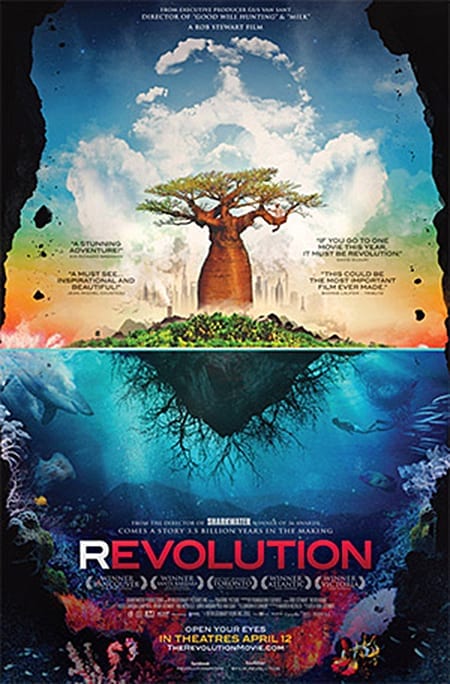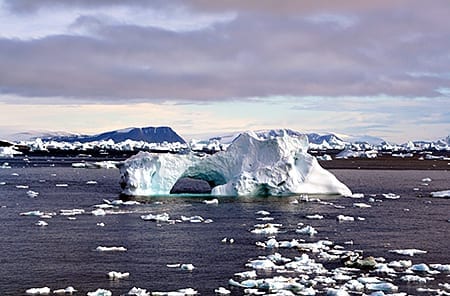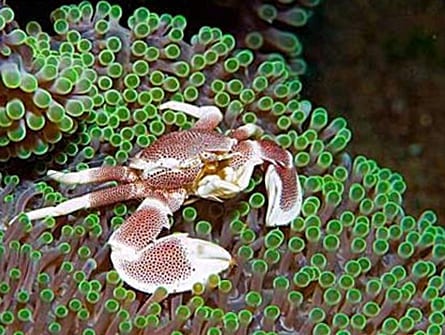How much is too much? When does a stream of information flow over and one more entry, article, news piece or documentary simply becomes redundant, numbing white noise, counterproductive annoyance? Searching online today, the 12th of April of 2013, for the term Ocean Acidification brings up 1.900.000 pages. Little compared to Climate Change‘s 73.600.000, that’s true, but when it comes down to the repercussion either figure is having in our fight against environmental threats it seems strength does not exactly lie in numbers after all. Could be we just need to reach the 1.420.000.000 behind Oil or the 2.990.000.000 coming with Money. But we needn’t despair yet, Love does still shines above all this with over 7.560.000.000 entries.*
Some of the results of looking for news on Ocean Acidification and the environment the last couple weeks:
≈≈≈≈USA Today video on Ocean Acidification:
And at the bottom of THIS link you can watch a second video on oyster farming at Oyster Bay and the threat of Ocean Acidification.
≈≈≈≈A second video on oyster farming, this one about Kathleen Nisbet and her father, Dave, two farm oysters in Washington’s Willapa Bay that recently shifted some of their business to Hawai’i, after ocean acidification started killing baby oysters in local hatcheries.
≈≈≈≈A great PDF file to download HERE, filled with useful information, maps, images and graphics about Ocean Acidification and the US East Coast estuaries.
“What is at risk?
Key numbers for the East Coast Estuaries:
$497 million: The value of shellfish landings in Mid-Atlantic and Southeastern coastal states in 2010
$110 million: The annual value of East Coast shellfish aquaculture sales in 2011
$30 million: The dockside value of shellfish from Virginia’s watermen-farmers, whose harvest has been nearly doubling each year“
≈≈≈≈“The path to Cape Flattery is a twisty, moss-carpeted tunnel underneath red cedar and Douglas fir trees that crowd Washington state’s rugged coastline. Micah McCarty scrambles down the forest trail to a shoreline below, leaping across tide pools and slippery rocks to a point where waves break on shellfish beds. We’ve reached the northwesternmost point of the U.S. mainland, a craggy tip of the Olympic Peninsula that belongs to the Makah tribe.
This group of Native Americans has been fishing and harvesting here for the past 2,000 years. McCarty, the tribe’s 42-year-old former chairman, pulls out a pocket knife and squats down to scrape a handful of mussels and barnacles into his hand. “We call them slippers and boots,” he says. “I’ll make them into a Makah paella tonight.”“
≈≈≈≈Battery hybrid ships are soon to be a reality thanks to the Low Carbon Shipping project, set up by the Norwegian Research Council to identify the cost-effective GHG reduction potential in the world merchant fleet. Det Norske Veritas (DVN) and Grieg Star have carried out research that shows fuel savings of 30% and less than a year’s payback time after installing lithium-ion batteries to assist with operations.
READ MORE
≈≈≈≈“Revolution“, a new documentary about “saving the humans” that opens in theaters (in Canada, at least) today:

≈≈≈≈The thawing of Greenland’s glaciers is enriching North Atlantic waters with iron, pretty much in the same style as all the geo-engineering proposals discussed or bullishly tested over the last few years:
“A melt of Greenland’s ice is washing large amounts of the nutrient iron into the Atlantic Ocean where it might aid marine life in a rare positive side-effect of climate change, a study showed on Sunday.
Greenland’s thaw, which is raising world sea levels, is also adding about 300,000 tonnes of iron a year to the North Atlantic, based on projections from the muddy melt water of three glaciers in the southwest, it said.
[…] Photo: Iceberg in Greenland
Photo: Iceberg in Greenland
“We suggest that glacial runoff serves as a significant source of bio-available iron to surrounding coastal oceans,” the scientists, mainly at the U.S. Woods Hole Oceanographic Institution (WHOI), wrote in the journal Nature Geoscience.
“We would expect this glacial contribution of iron to the North Atlantic Ocean to continue to increase under future warming scenarios,” they added.
The findings show that “as glaciers and ice sheets melt there may be other effects than just increased sea level,” said Maya Bhatia, who was leader of the study at WHOI and the Massachusetts Institute of Technology.“
CONTINUE READING from the SOURCE
≈≈≈≈A new study from the University of Washington reveals that Ocean Acidification will not only affect the shells of mussels, but also weaken the byssal threads that attach them to rocks. “The researchers found that in higher CO2 conditions, the common bay mussel (Mytilus trossulus) could be dislodged by forces 40 percent lower than mussels attached under current conditions. This is because the byssal threads become weaker and lose their ability to stretch as far.”
SOURCE
≈≈≈≈Trailer for the documentary The Whale, a film about a young lost orca off the Alaskan shore:
≈≈≈≈In the story of losers, adapters and winners due to lowering pH levels in the oceans purple sea urchins could be amongst the lucky ones. According to Melissa Pespeni, evolutionary biologist at the University of Indiana, sea urchin larvae studied in her lab under a high CO2 environment showed few visible changes in growth and development, but some noticeable alterations in the abundance of certain genes. The changed genes are involved in promoting growth, producing minerals and keeping pH within a range that’s tolerable to them.
“If any organism were able to adapt and evolve, it would be the sea urchins, because they live in an environment where they’re experiencing daily changes in pH,” says Pepsini.
The urchins are very long-lived and have more genetic variability than any other species — including humans, she added. Consequently, the urchins have a broad arsenal for responding to changes in their environment.
SOURCE
≈≈≈≈Crabs, crabs, crabs. For some reason three studies about crabs and Ocean Acidification showed up in the news over the last few days:
The first one is about the “effects of Ocean Acidification on Juvenile Red King Crab and Tanner Crab Growth, Condition, Calcification and Survival”.
“At the end of the experiment, calcium concentration was measured in each crab and the dry mass and condition index of each crab were determined. Ocean acidification did not affect the calcium content of red king crab but did decrease the condition index, while it had the opposite effect on Tanner crabs, decreasing calcium content but leaving the condition index unchanged. This suggests that red king crab may be able to maintain calcification rates, but at a high energetic cost. The decrease in survival and growth of each species is likely to have a serious negative effect on their populations in the absence of evolutionary adaptation or acclimatization over the coming decades.”
SOURCE
The second study by San Francisco State University indicates that Ocean Acidification may be harmful to porcelain crabs. Read MORE HERE Photo: Porcelain Crab
Photo: Porcelain Crab
Finally, the third one is about research published back in 2009 in the journal Geology by Justin Baker Ries (marine geologist at the University of North Carolina’s Aquarium Research Center) and coauthored with Anne Cohen and Daniel McCorkle indicates that “higher levels of carbon in the ocean are causing oysters to grow slower, and their predators -such as blue crabs- to grow faster”. The article points out that “Over the next 75 to 100 years, ocean acidification could supersize blue crabs, which may then eat more oysters and other organisms and possibly throw the food chain of the nation’s largest estuary [Chesapeake Bay] out of whack.” Read MORE HERE.
*Sex: 1.600.000.000, Corruption: 105.000.000, War: 1.330.000.000, People: 5.370.000.000, God: 884.000.000, Facebook: 10.600.000.000 (!)


